Sustainability Awareness
The increasing awareness of sustainability among consumers appears to be a pivotal driver for the Alpaca Apparel and Accessories Market. As individuals become more conscious of their environmental impact, they tend to gravitate towards sustainable materials. Alpaca fiber, known for its eco-friendly properties, is gaining traction as a preferred choice. The Alpaca Apparel and Accessories Market benefits from this trend, as alpaca wool is biodegradable and requires less water compared to conventional wool. This shift towards sustainable fashion is reflected in market data, indicating a rise in demand for ethically sourced products. In 2025, the market for sustainable apparel is projected to reach substantial figures, suggesting that brands focusing on sustainability may capture a larger share of the Alpaca Apparel and Accessories Market.
Health and Wellness Trends
Health and wellness trends are influencing consumer choices, thereby impacting the Alpaca Apparel and Accessories Market. As individuals prioritize comfort and well-being, the demand for soft, hypoallergenic materials is on the rise. Alpaca fiber, known for its natural properties, is often favored for its warmth without the bulk, making it suitable for various climates. This trend aligns with the growing preference for apparel that promotes a sense of well-being. Market data indicates that the wellness apparel segment is experiencing growth, suggesting that brands focusing on comfort and health benefits may find success within the Alpaca Apparel and Accessories Market. The intersection of health consciousness and fashion is likely to drive innovation in product development.
Growing Interest in Luxury Fashion
The growing interest in luxury fashion is emerging as a significant driver for the Alpaca Apparel and Accessories Market. Alpaca fiber is often associated with luxury due to its softness, warmth, and lightweight properties. As consumers seek high-quality, premium products, the demand for alpaca apparel is likely to rise. Market data suggests that the luxury apparel segment is expanding, with consumers willing to invest in unique and exclusive items. This trend may lead to an increase in collaborations between alpaca brands and high-end fashion designers, further elevating the profile of the Alpaca Apparel and Accessories Market. The allure of luxury combined with the unique characteristics of alpaca fiber positions this market for potential growth.
Technological Advancements in Production
Technological advancements in production processes are likely to enhance the efficiency and quality of alpaca apparel manufacturing. Innovations such as automated spinning and weaving techniques may reduce production costs while maintaining high standards of craftsmanship. This evolution in technology could lead to a broader range of products within the Alpaca Apparel and Accessories Market, appealing to diverse consumer preferences. Furthermore, the integration of digital tools for inventory management and supply chain optimization may streamline operations, allowing brands to respond swiftly to market demands. As a result, the Alpaca Apparel and Accessories Market may witness an increase in competitiveness, with brands leveraging technology to differentiate their offerings.
Cultural Heritage and Artisan Craftsmanship
Cultural heritage and artisan craftsmanship play a crucial role in shaping the Alpaca Apparel and Accessories Market. The rich history of alpaca fiber production, particularly in Andean regions, adds a unique narrative to the products. Consumers are increasingly drawn to items that reflect cultural significance and traditional craftsmanship. This trend may lead to a rise in demand for artisanal alpaca products, as buyers seek authenticity and connection to the origins of their apparel. The Alpaca Apparel and Accessories Market could benefit from this cultural appreciation, as brands that emphasize their heritage and craftsmanship may resonate more with consumers. This focus on storytelling and authenticity may enhance brand loyalty and drive sales.


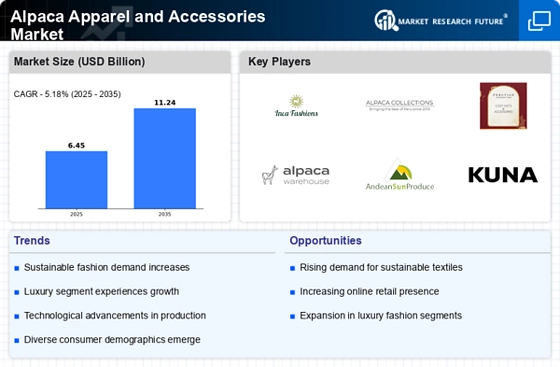
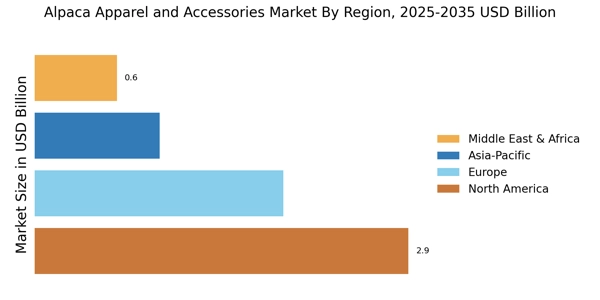
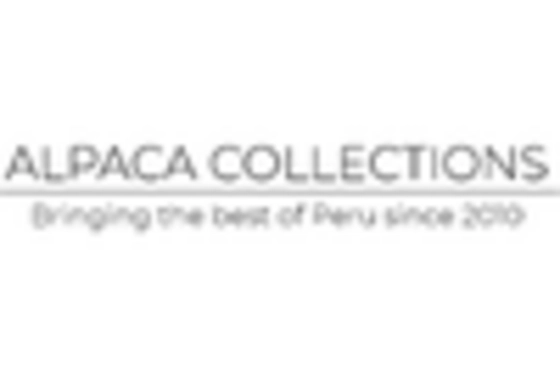
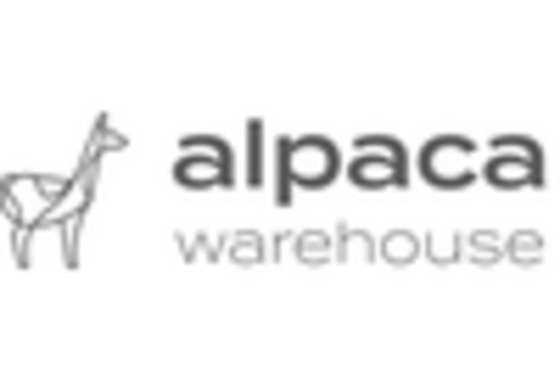
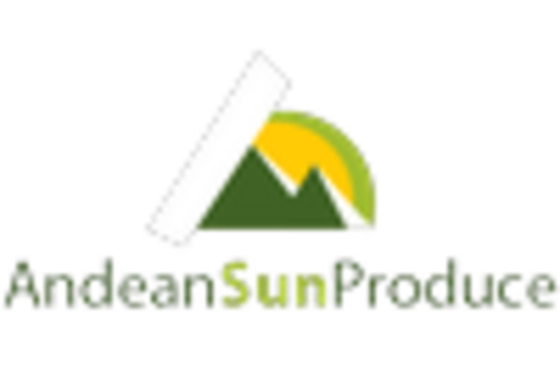
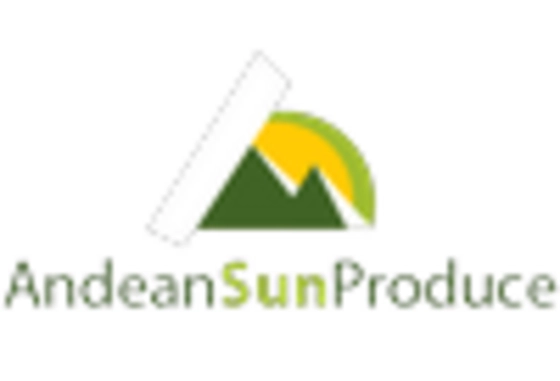
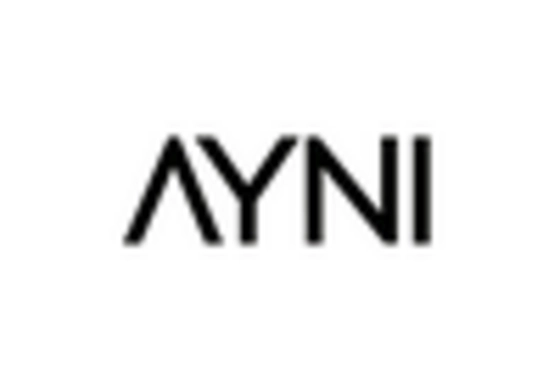
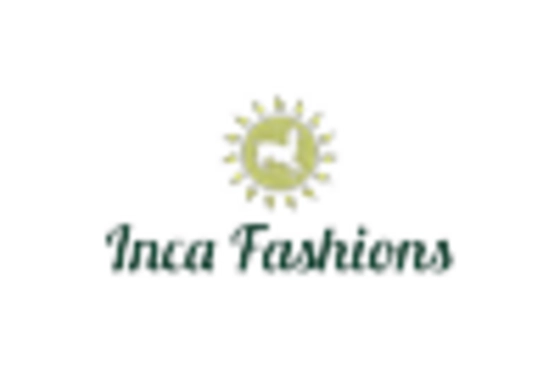
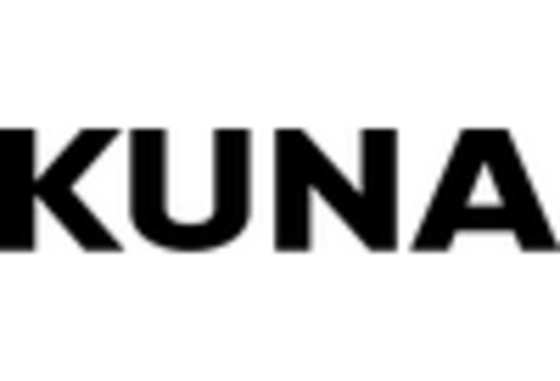

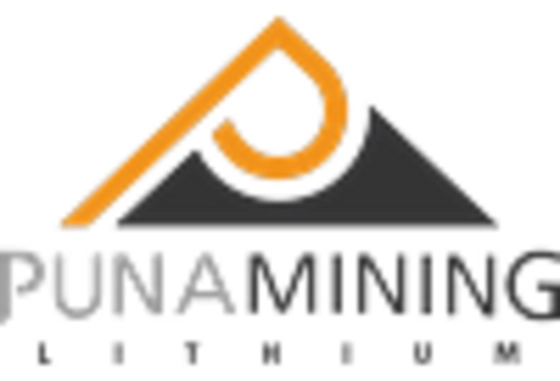








Leave a Comment